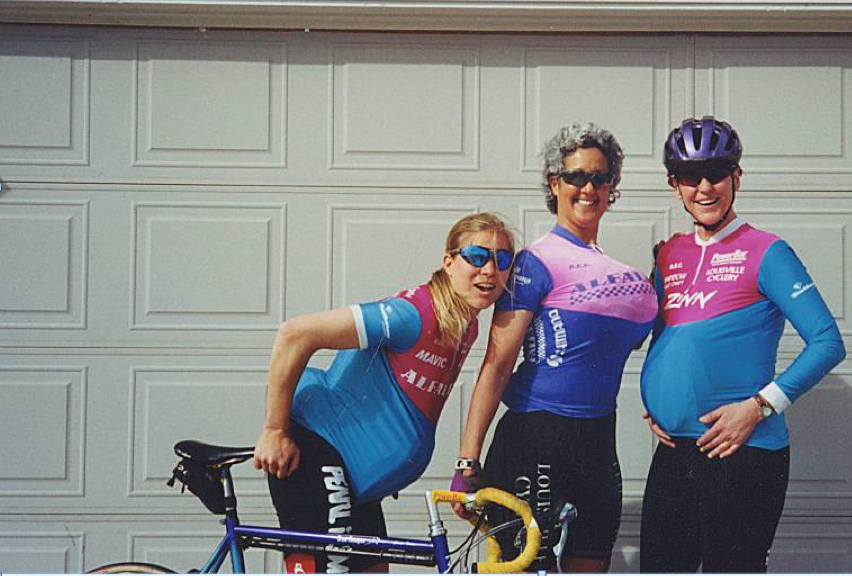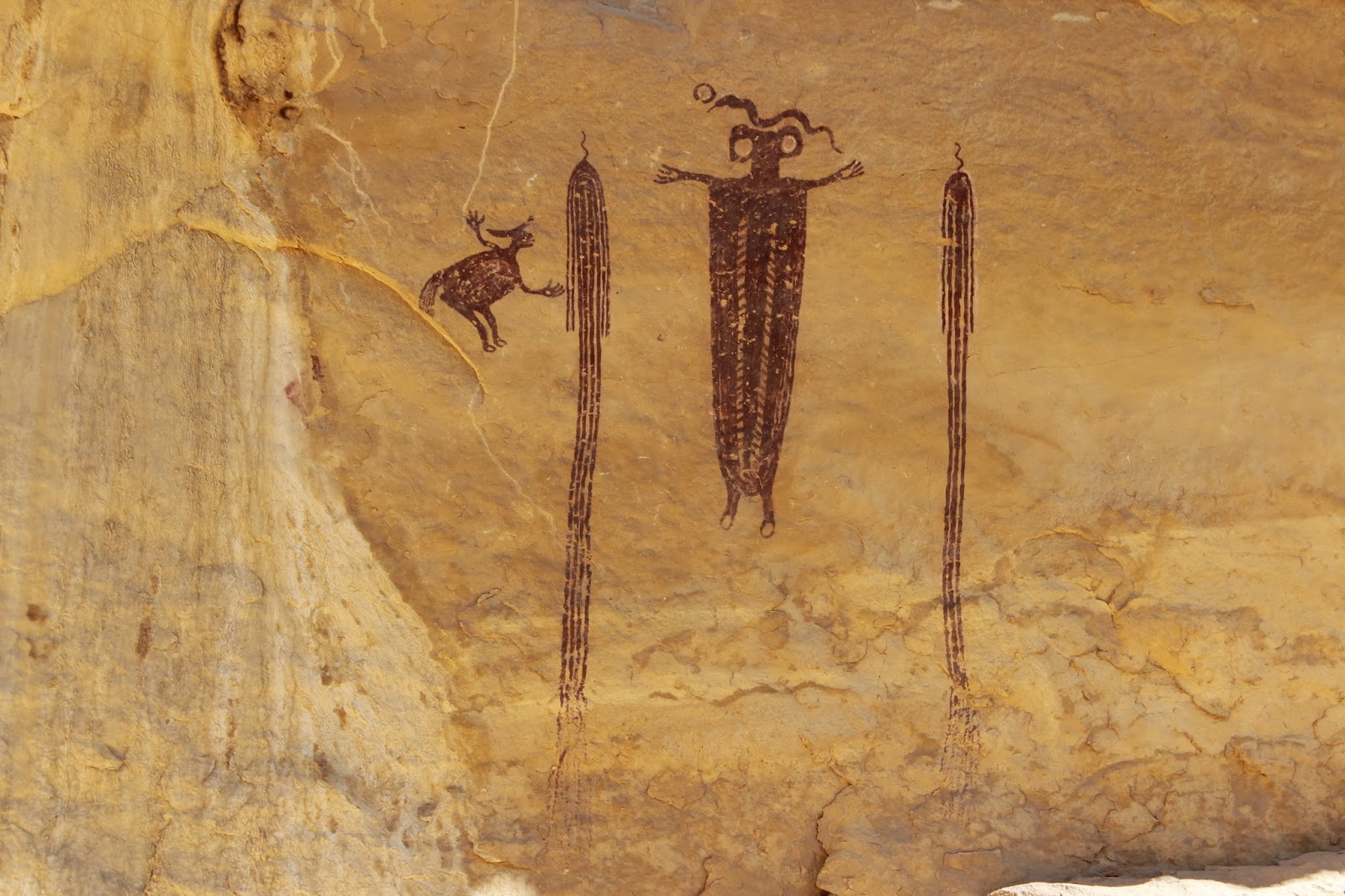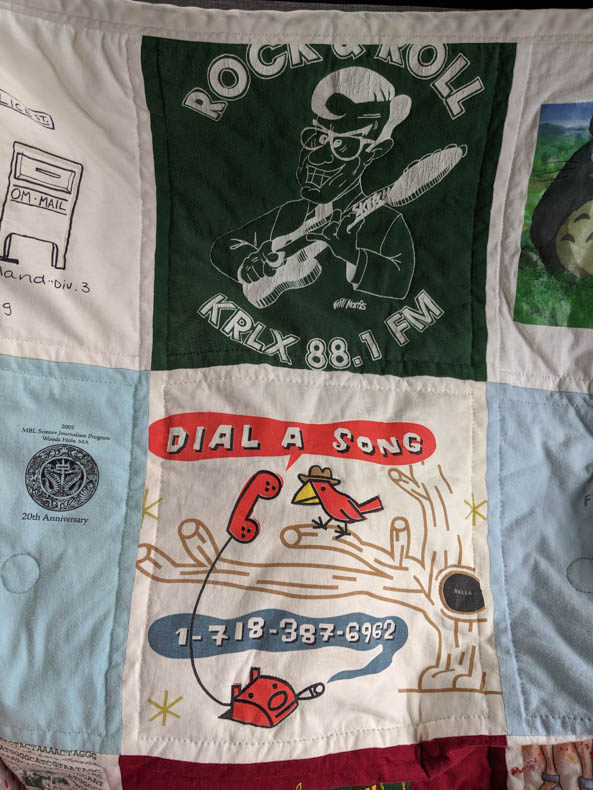
I have a bit of a t-shirt problem. I love the graphics. I like how someone at the gym will say, “Hey, I was at that concert, too! Wasn’t it great?” I love wearing something that represents my neighborhood when I’m traveling far away. I love how, every time I take a t-shirt out of the drawer, I remember the event or place where I got it, and how that place made me feel.
T-shirts have their limits, as external memory devices. They wear out. And, no matter how many times I tell myself I have enough t-shirts, they pile up. A reasonable thing to do would be to give them away. And I do, sometimes. But what if I forgot the thing forever? Anyway, nobody wants my old t-shirts.
So I chose shirts that I loved, but didn’t want to wear anymore, and I cut a big square from each one. My mom probably helped; she’s made several quilts. With a sewing machine, I assembled the 49 blocks in rows and columns. Then the sandwich: the sewed-together t-shirts, a layer of fluffy batting, and a piece of backing material. I pulled the whole stack loosely together with long lines of big stitches.
Then I quilted. And quilted. And quilted.
Continue reading

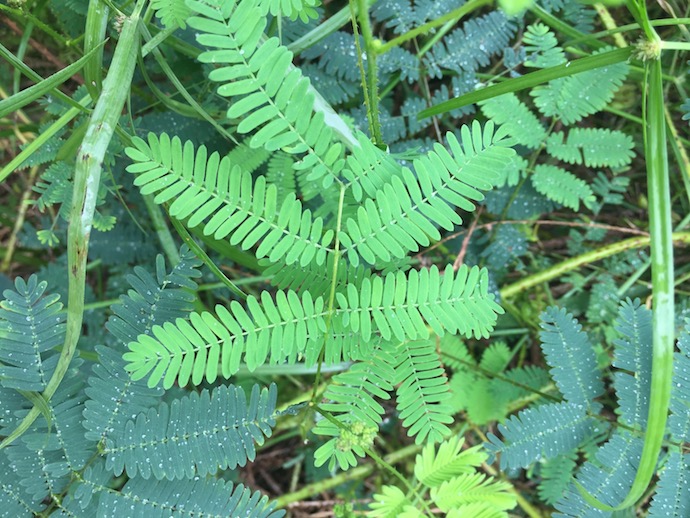
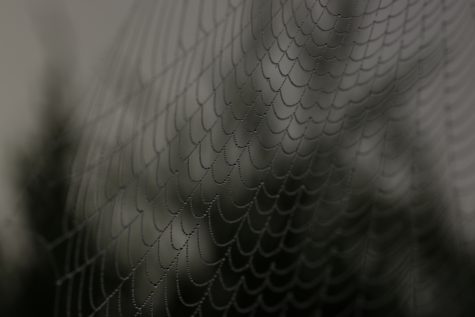
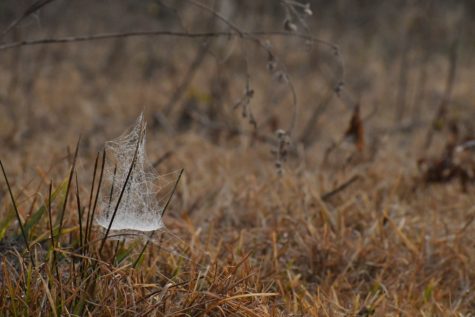 I’m taking my own advice this morning. The spiders in my yard work through the night, some in two dimensions, others in three. By dawn there are silken purses, spirals, and mad scribbles filling otherwise empty spaces, with connective strands reaching every which way. Sheet webs bind up the grass. Dense silken layers fill corners with wide-mouthed funnels and miniature tents. And the orbs–so many orbs!–are perfect, still fresh and whole. The display is testimony: Nature’s best architects are artists with a flair for math.
I’m taking my own advice this morning. The spiders in my yard work through the night, some in two dimensions, others in three. By dawn there are silken purses, spirals, and mad scribbles filling otherwise empty spaces, with connective strands reaching every which way. Sheet webs bind up the grass. Dense silken layers fill corners with wide-mouthed funnels and miniature tents. And the orbs–so many orbs!–are perfect, still fresh and whole. The display is testimony: Nature’s best architects are artists with a flair for math.

